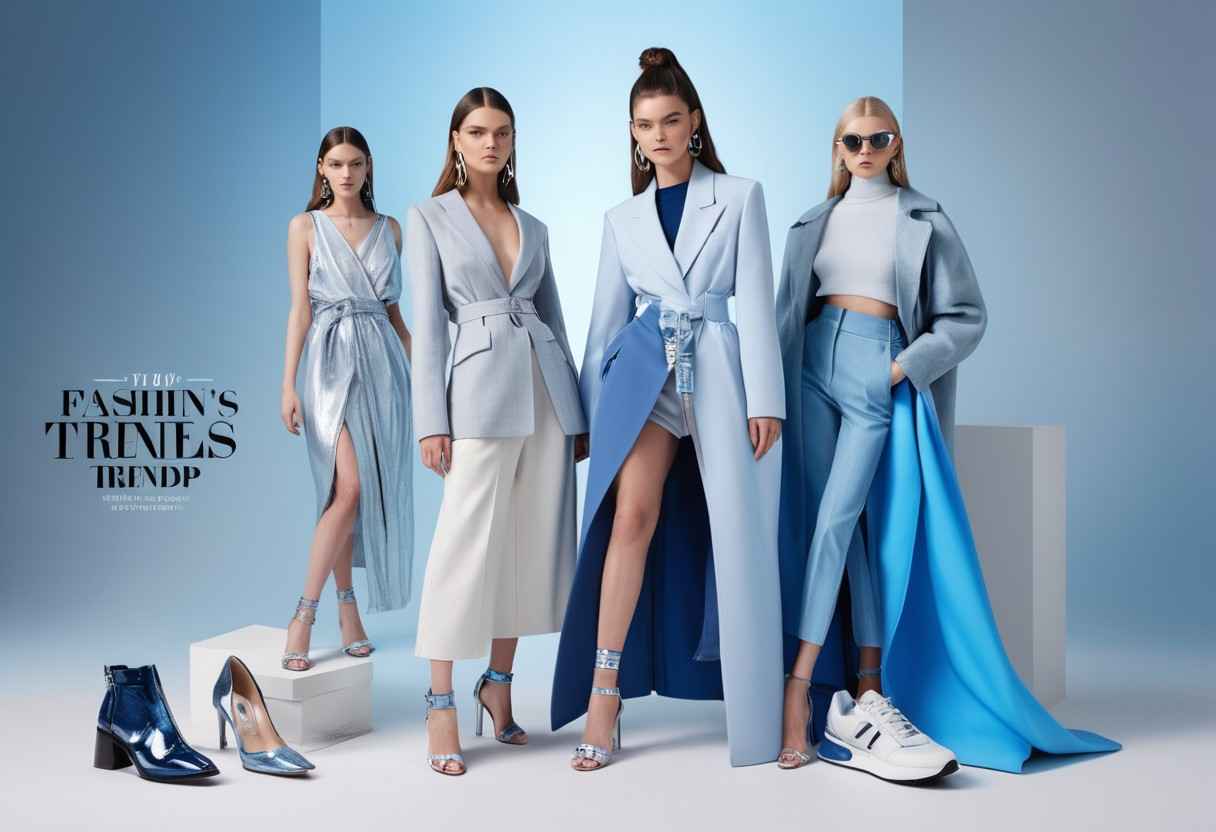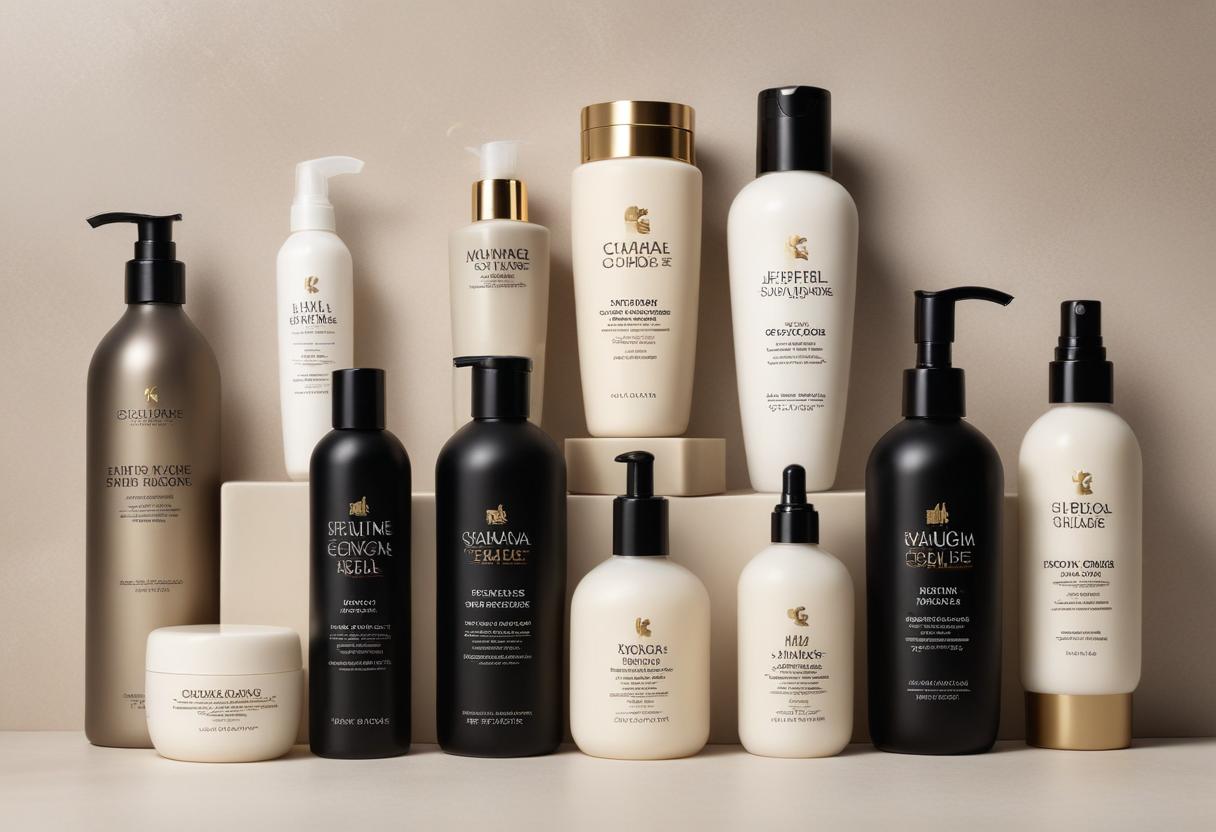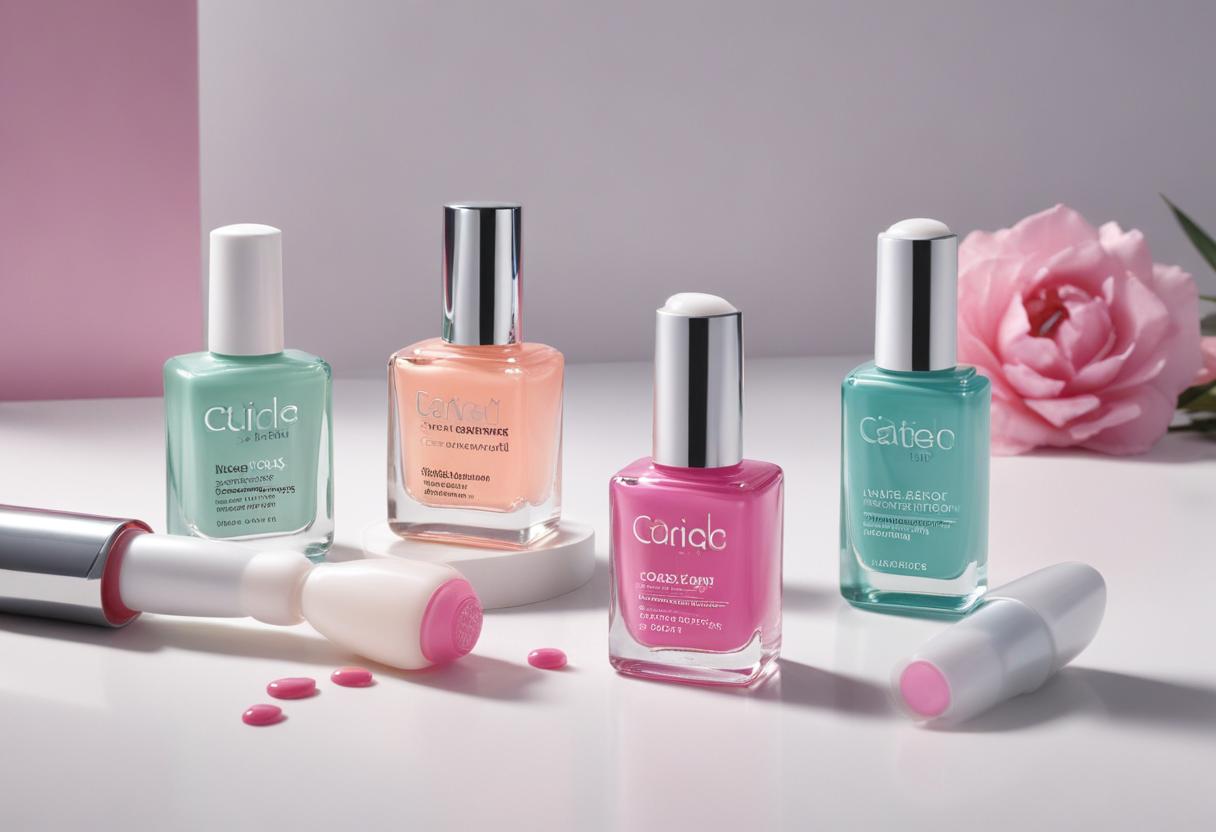Fashion is a continually shifting landscape with bursts of trends that fluctuate wildly at times. Keeping tabs on these evolving styles can feel overwhelming, yet remaining hip with a contemporary ensemble is key. As we progress further into the 21st century, several pivotal innovations are set to upend conventional notions of fashion. Here are ten pivotal innovations poised to transform your closet and maintain your edge.
1. Sustainable Options Are Paramount
With growing eco-awareness, shoppers demand greener selections. Brands respond using recycled fabrics, principled production, and circular economies. From post-consumer materials to compostable threads, conservation defines the future. Investing in compassionate couture helps Earth and infuses personality.
2. Technology Infiltrates Textiles
Gear merges form and function through intelligent accessories that change hues, moderate temperatures, or charge gadgets. Outfitting like smartwatches and trackers now blends seamlessly with aesthetics, offering utility and panache. These tech-imbued threads suit modern mavens seeking edge in both style and features.
3. Breaking Barriers with Gender-Neutral Clothing
The concept of gender-neutral fashion challenges preconceived notions and fosters inclusion. An increasing number of brands are launching collections unconstrained by traditional gender divisions, allowing individuals to freely express their identity. These styles commonly emphasize understated silhouettes and muted palettes, making the pieces versatile for any wardrobe. Embracing gender-neutral clothing not only widens your options but also champions a more open and progressive industry.
4. Retro Revival through Vintage Eclecticism
Previous eras continue to inspire contemporary styles. Retro trends from the 1970s, 80s, and 90s hold particular allure, with thrift shopping and refashioning pre-loved clothes emerging as sustainable choices that imbue ensembles with singular panache. Motifs, oversized cuts, and nods to nostalgia from thrift finds contribute uniqueness. Hybridizing antique apparel with modern attire cultivates unusual yet personalized aesthetics.
5. Evolution of Athletic Attire
The integration of fitness fashion into daily dress persists, overlapping athletic wear and casual clothing. This fluid trend progresses toward sophisticated designs and premium materials suited for diverse events beyond exercise. Comfortable yet stylish active styles permit seamless transitions between workouts and relaxed outings. Essential pieces consist of stylish sneakers, elastic pants, and multi-functional tops that combine wearability and flair.
6. Statement of Appeals of Bold Hues
Farewell to muted shades and hello to vivid, bright colors. Electric blues, neon greens, and hot pinks are making splashy appearances in fashion. Daring, nuanced pairings enable these hues to be used as accent pieces to energize outfits. Don’t hesitate to juxtapose or feature bold colors prominently to enliven ensembles with panache.
7. Statement Accessories Elevate Every Look
Accessories are no longer simply additions but centerpieces for ensembles. Bold accessories like oversized hats, chunky jewelry, and eye-catching bags bring flair. These statement pieces transform basic outfits into polished looks. Experiment with varied textures, silhouettes, and styles to find your signature accessories.
8. Made-To-Measure Is the New Black
Customization is increasingly popular as individuals spotlight their uniqueness. From monogrammed luggage to made-to-measure tailoring, personalized fashion crafts bespoke wardrobes. Many labels now offer custom options, simplifying self-expression through apparel. This movement ensures impeccable fits while infusing personality into garments.
9. Minimalism Maximizes Function
Pared-down fashion stresses quality over quantity. Capsule closets of versatile, timeless staples gain followers seeking simplicity. This approach curates cohesive collections where pieces seamlessly mix. Investing in high-quality, classic silhouettes declutters while maintaining contemporary sophistication.
10. Cross-Cultural Collisions Stimulate Creativity
Globalization connects communities, impacting fashion in innovative ways. Cultural fusion joins traditions innovatively. This approach celebrates diversity and inclusion through a rich tapestry of styles and influences. Incorporating multicultural pieces adds depth and global perspective to any wardrobe.
11. Virtual Fashion and Augmented Reality
With the rise of virtual fashion and augmented reality (AR), the digital realm is becoming an integral part of the fashion industry. Designers are creating digital garments that can be worn in virtual spaces, and AR apps allow shoppers to try on clothes virtually before making a purchase. This trend not only offers a novel shopping experience but also reduces the environmental impact by minimizing returns and excess production.
12. Rent and Resale Markets Expand
The sharing economy continues to grow, with rental and resale platforms becoming increasingly popular. Renting high-end fashion for special occasions and purchasing pre-owned luxury items are now mainstream practices. These options provide access to a wider range of styles and reduce the need for fast fashion, promoting a more sustainable approach to consumption.
13. Adaptive and Inclusive Fashion
Fashion is becoming more inclusive with the rise of adaptive clothing designed for people with disabilities. These garments prioritize comfort and functionality without compromising on style. Inclusive fashion brands are also expanding their size ranges and creating designs that cater to a diverse array of body types, ensuring that everyone can enjoy fashionable and well-fitting clothes.
14. Biodegradable and Plant-Based Materials
Innovations in fabric technology are leading to the development of biodegradable and plant-based materials. These sustainable alternatives to traditional textiles are made from resources like bamboo, hemp, and even agricultural waste. As these materials become more widely available, they offer an eco-friendly solution that aligns with the growing demand for sustainable fashion.
15. Ethical Labor Practices
Consumers are increasingly aware of the labor practices behind their clothes. Brands that prioritize fair wages, safe working conditions, and ethical sourcing are gaining traction. This trend emphasizes transparency and accountability within the fashion industry, encouraging consumers to make more informed and conscientious choices.
Practical Tips for Implementing Fashion Trends
Embracing new fashion trends can seem daunting, but with a few practical tips, you can seamlessly integrate these innovations into your everyday style. Here’s how to make these trends work for you:
Mix and Match with Your Existing Wardrobe
When adopting new trends, start by integrating one or two pieces into your existing wardrobe. This allows you to experiment without overwhelming your style. For example, pair a bold-hued accessory with a neutral outfit or incorporate a sustainable fabric piece with your current attire.
Prioritize Quality Over Quantity
Invest in high-quality items that reflect the latest trends but are also versatile and durable. This approach aligns with the minimalist trend and ensures that your wardrobe remains functional and stylish. Choose pieces that can be mixed and matched, creating multiple outfits from a few key items.
Customize for a Personal Touch
Personalization is key to making trends your own. Opt for custom-made or tailored items that fit perfectly and reflect your unique style. Whether it’s a monogrammed bag or a made-to-measure suit, personalized pieces add a touch of individuality to your wardrobe.
Stay Informed and Inspired
Follow fashion blogs, magazines, and social media influencers to stay updated on the latest trends. Attending fashion shows and events can also provide inspiration and insight into upcoming styles. By keeping a finger on the pulse of the fashion industry, you can anticipate trends and incorporate them into your wardrobe ahead of time.
Experiment with Confidence
Fashion is a form of self-expression, so don’t be afraid to experiment and take risks. Try new styles, colors, and accessories to discover what resonates with you. Confidence is key—wearing a trend with assurance can make even the boldest choices look effortlessly chic.
Looking Ahead: The Future of Fashion
As we look to the future, it’s clear that the fashion industry will continue to evolve in exciting ways. Here are some emerging trends and innovations to watch out for:
Smart Fabrics and Wearable Tech
Advancements in smart fabrics and wearable technology are set to revolutionize the way we interact with our clothing. From fabrics that monitor health metrics to garments that adapt to environmental conditions, the integration of technology into fashion promises to enhance both functionality and style.
Sustainable Fashion Innovations
The push for sustainability will drive further innovations in eco-friendly materials and production methods. Expect to see more biodegradable fabrics, upcycled designs, and zero-waste manufacturing processes. Brands that prioritize sustainability will continue to lead the industry, setting new standards for ethical fashion.
Digital Fashion and Virtual Reality
The digital fashion landscape will expand, with virtual reality (VR) and augmented reality (AR) playing significant roles. Virtual fashion shows, digital clothing collections, and VR shopping experiences will become more common, offering immersive and interactive ways to engage with fashion.
Inclusivity and Diversity
Inclusivity and diversity will remain at the forefront of fashion, with brands embracing a wider range of body types, genders, and cultural backgrounds. This shift towards greater representation and inclusivity will redefine beauty standards and create a more inclusive fashion landscape.
Collaboration and Community
Collaborative efforts between designers, brands, and consumers will shape the future of fashion. Crowdsourced designs, community-driven projects, and collaborative collections will foster a sense of community and shared creativity, making fashion more accessible and engaging.
Final Thoughts
The fashion industry is on the cusp of transformative change, driven by sustainability, technology, inclusivity, and creativity. By staying informed and open to new ideas, you can adapt to these trends and create a wardrobe that is not only stylish but also reflective of your values and individuality.
Conclusion
While these ten up-and-coming style shifts will undoubtedly stimulate closets across the globe, offering progressive paths for exhibiting individual flair, a few modifications warrant highlighting. Not only will embracing eco-friendly fashion and intertwining innovations nourish sustainability, but they will also cultivate inclusion through neutral outerwear options.



